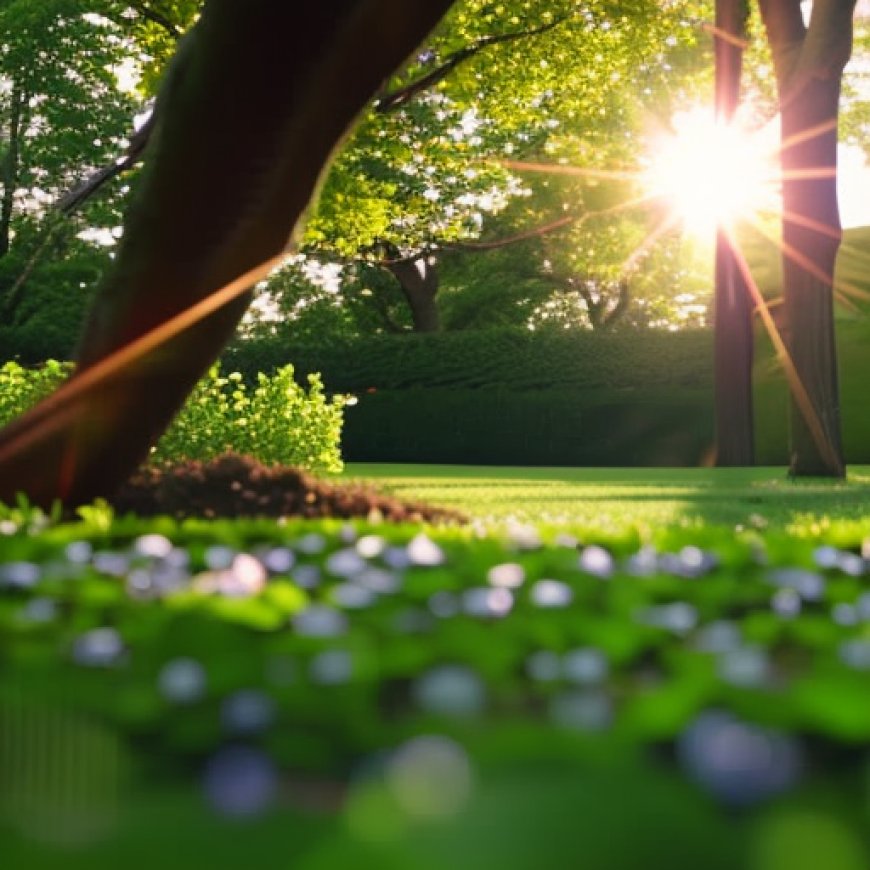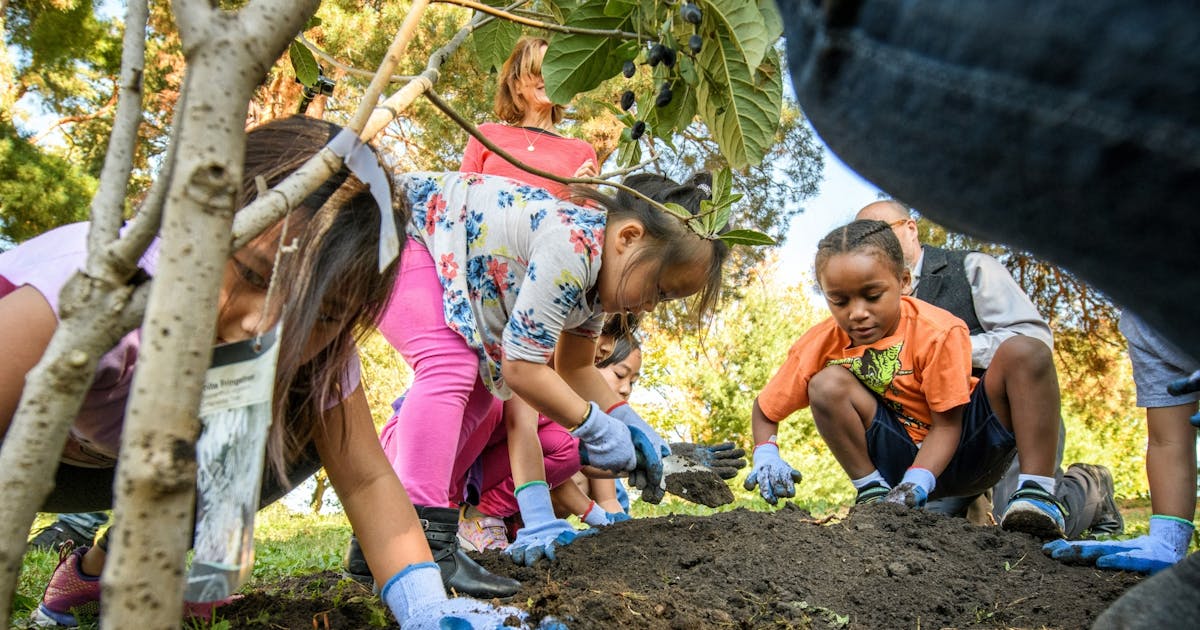These six changes to your backyard can green your life while reducing your carbon footprint
These six changes to your backyard can green your life while reducing your carbon footprint Star Tribune


Making Your Backyard Greener: A Report on Sustainable Practices

The Importance of Sustainable Development Goals (SDGs)
As the saying goes, the best time to plant a tree was 20 years ago. But getting at least one in the ground this spring — and making other changes to your yard and garden — can have wide-ranging and sometimes surprising benefits for the climate.
In part, that’s because trees and plants absorb carbon dioxide from the atmosphere and store it. And if people across the Twin Cities make new plantings on small lots, they could collectively help everything from metro rain patterns to groundwater quality, according to Minnesota experts.
Your Carbon Footprint
- On this Earth Day, the Star Tribune offers a guide to the many ways you can take action today to reduce your carbon footprint.
Those who own larger properties could plant enough trees to create what’s called a “carbon sink,” or a place that pulls more carbon dioxide out of the atmosphere than it releases.
Six Steps to Make Your Backyard Greener
1. Plant trees and fast-growing plants.
“All plants take carbon dioxide from the atmosphere, so the more of your property that’s covered in plants, the better,” said Annie Klodd, manager of interpretation and visitor learning at the Minnesota Landscape Arboretum.
Some plants work harder than others in this regard. “The faster the plant grows, and the larger it is, the more carbon dioxide it soaks up,” Klodd said. “A yard covered in trees and a diversity of garden plants will absorb more carbon dioxide than just turf grass. Plus you don’t have to mow it, so that saves carbon emissions.”
Klodd has been planning an arboretum exhibit on “climate-ready” gardens. She said to check for fast-growing plants when garden shopping. “A good indicator is if the label says it grows tall, or spreads a lot, that probably means it is fast-growing,” she said. Tomatoes, raspberries, corn and pole beans are all good options for a vegetable and fruit garden that sequesters carbon, she said.
2. Make wise tree choices.
Planting a tree that will eventually shade your house can lower future air-conditioning needs and cut down on your own household’s energy use. It also could help cool and mitigate the urban heat island effect here in the Twin Cities, explained Jen Ehlert, vice president of Metro Blooms Design + Build.
“We have so many paved surfaces in a municipal area that they get hotter than if it was all vegetation. And so that can actually impact rain patterns,” she said. “They might split and go around the Twin Cities because the heat from the urban heat island is actually causing convection. So hot air is moving up, and that impacts how much rain we get.
“Planting a tree, especially a tree that’s going to become a shade tree when it’s mature, is hugely beneficial,” she said.
Gardeners should consider what Minnesota will be like in future decades when choosing a tree, Ehlert said. The state’s Department of Natural Resources maintains and updates a list of native tree varieties that experts expect to do well as our climate changes. In the metro area, that includes silver maple, hackberry and black walnut.
3. Start small.
While it might be tempting to skip ahead and plant the largest tree possible, this can backfire if you don’t water it enough, said Julie Weisenhorn, an associate Extension professor and educator at the University of Minnesota’s Department of Horticultural Science.
“When you put in a fairly large specimen tree, it takes much longer and a lot more water for that tree to become established,” Weisenhorn said. Until a tree’s own root system becomes established, it needs regular and consistent watering.
A younger tree will need less work to get going.
4. Replace parts of your lawn with ornamental grasses.
Ornamental grasses that grow as tall as 6 feet each year can sequester about three times more carbon dioxide per square foot than a lawn, according to Klodd.
They also do better in dry weather. “They don’t need to be watered very often because they have deep roots that reach deep groundwater, so they’re a smart choice for the drought-y summers we keep having,” said Klodd.
The deep roots of native ornamental grasses like prairie dropseed can also filter the water that runs off your roof.
5. If you have lots of land, think carbon sink.
startribune.com

Join us, as fellow seekers of change, on a transformative journey at https://sdgtalks.ai/welcome, where you can become a member and actively contribute to shaping a brighter future.







